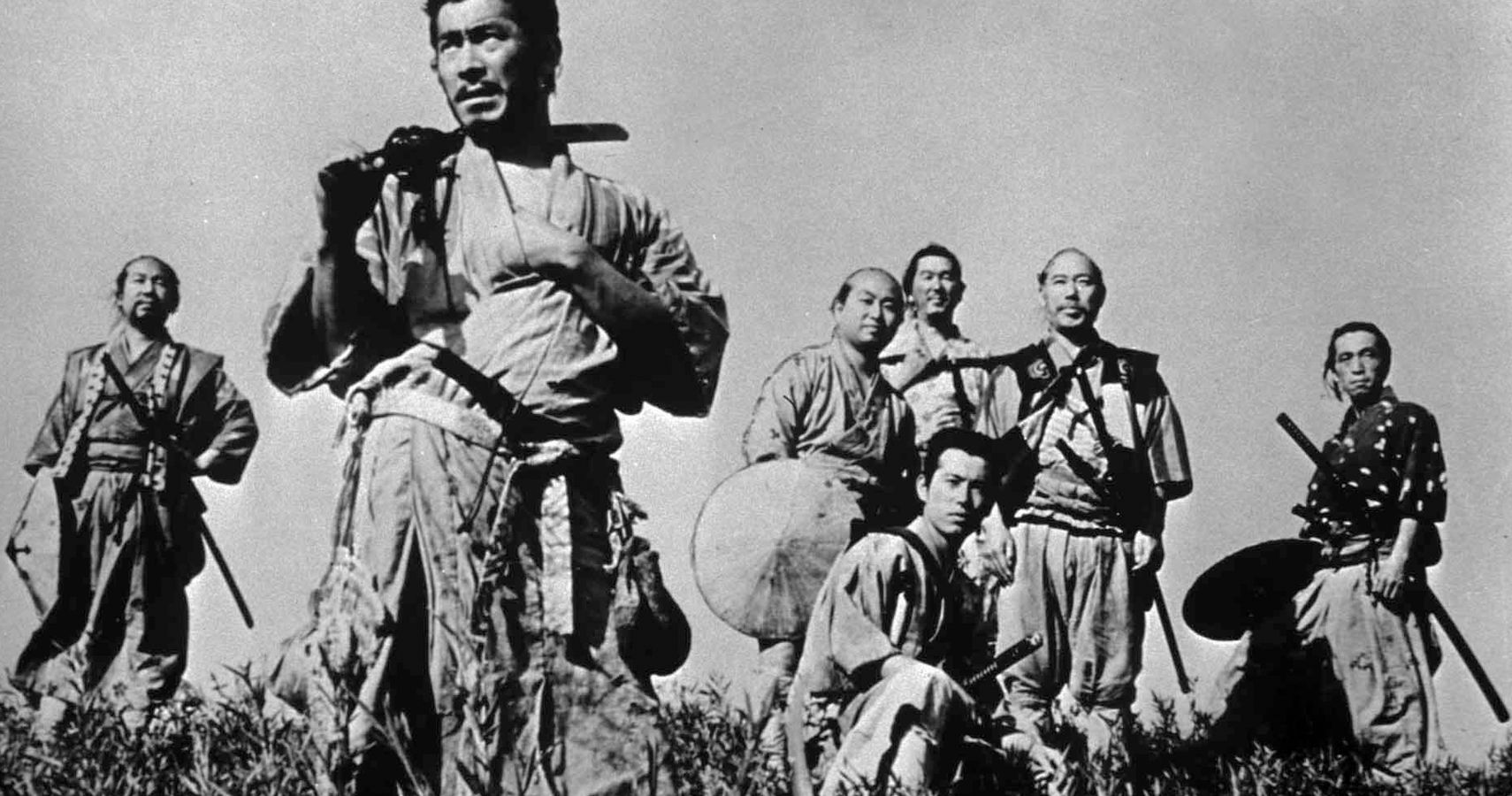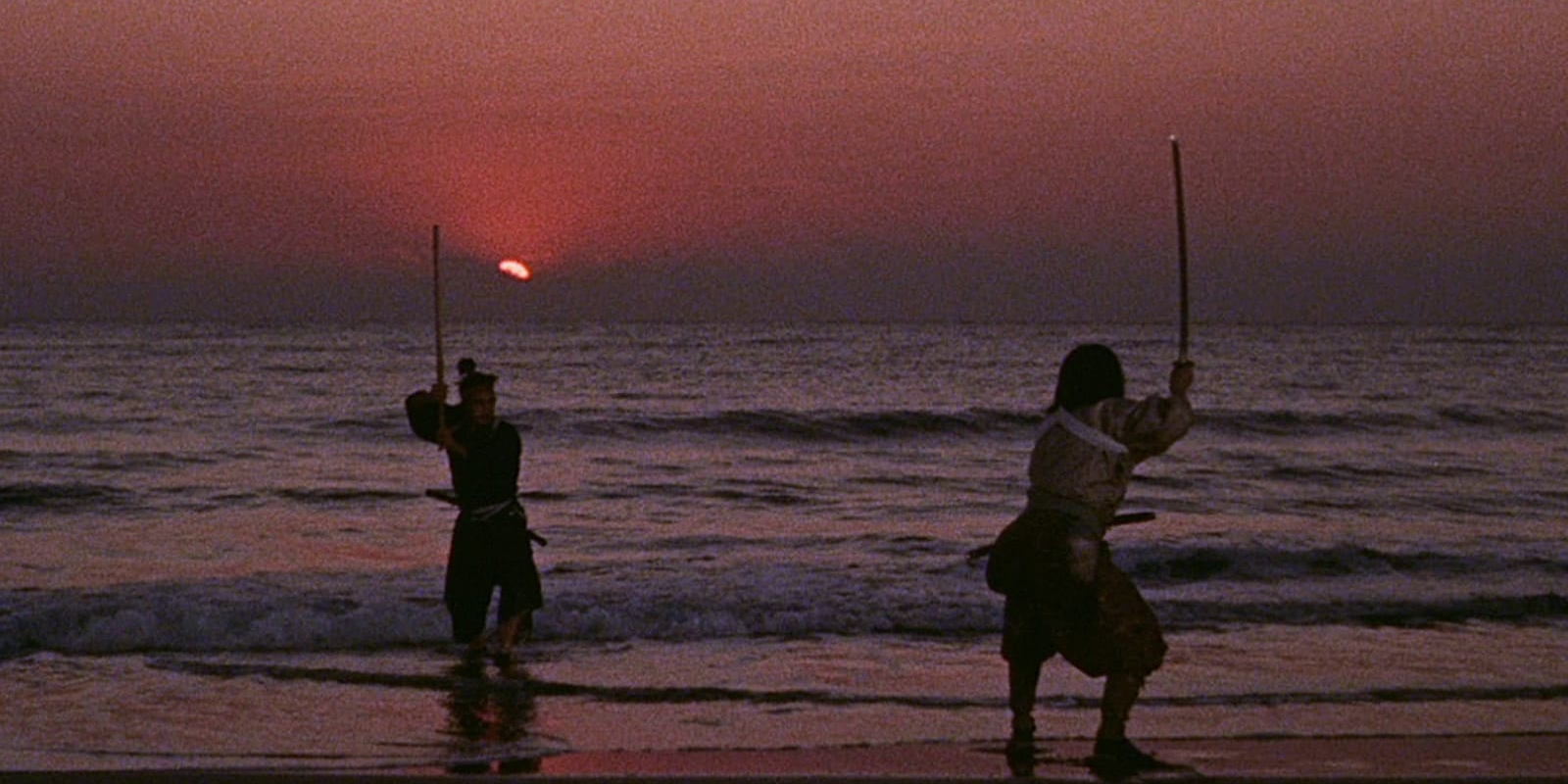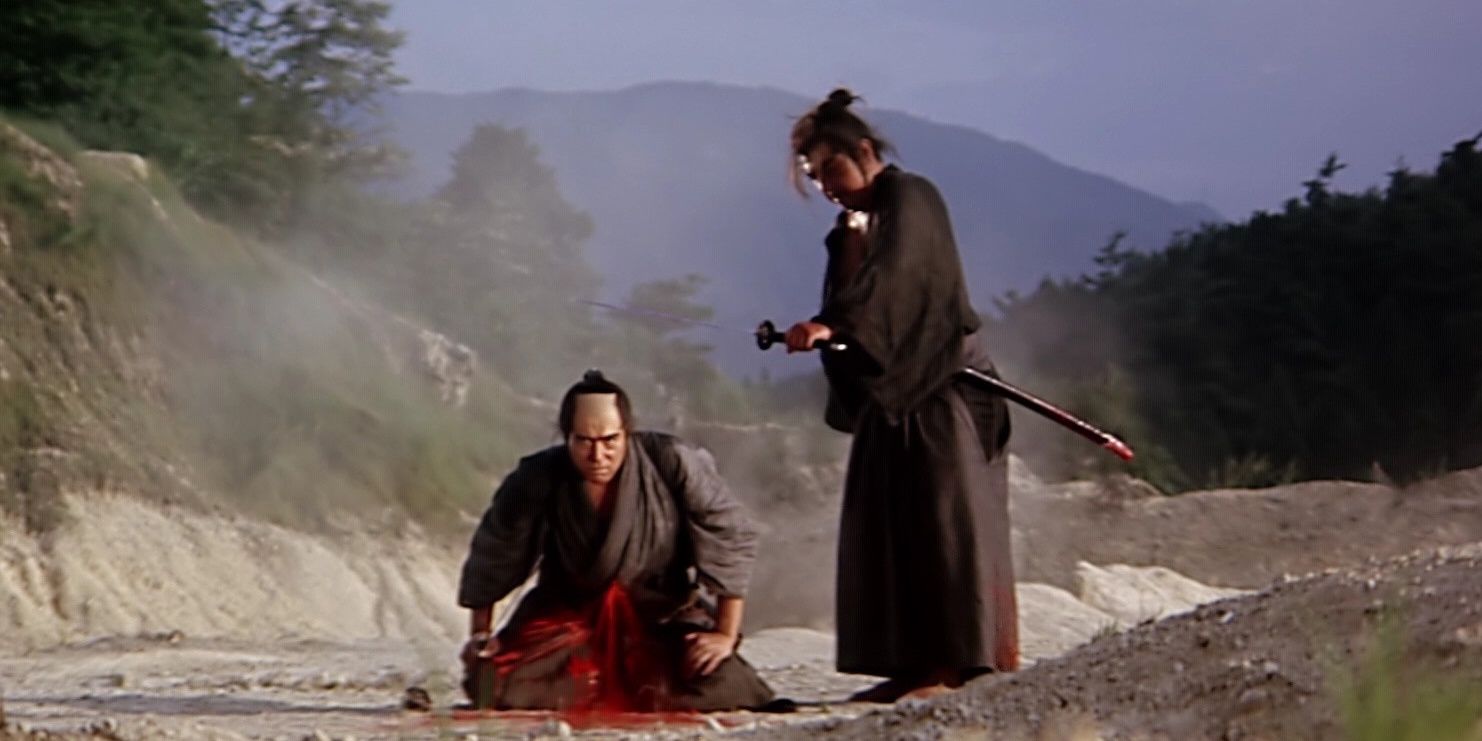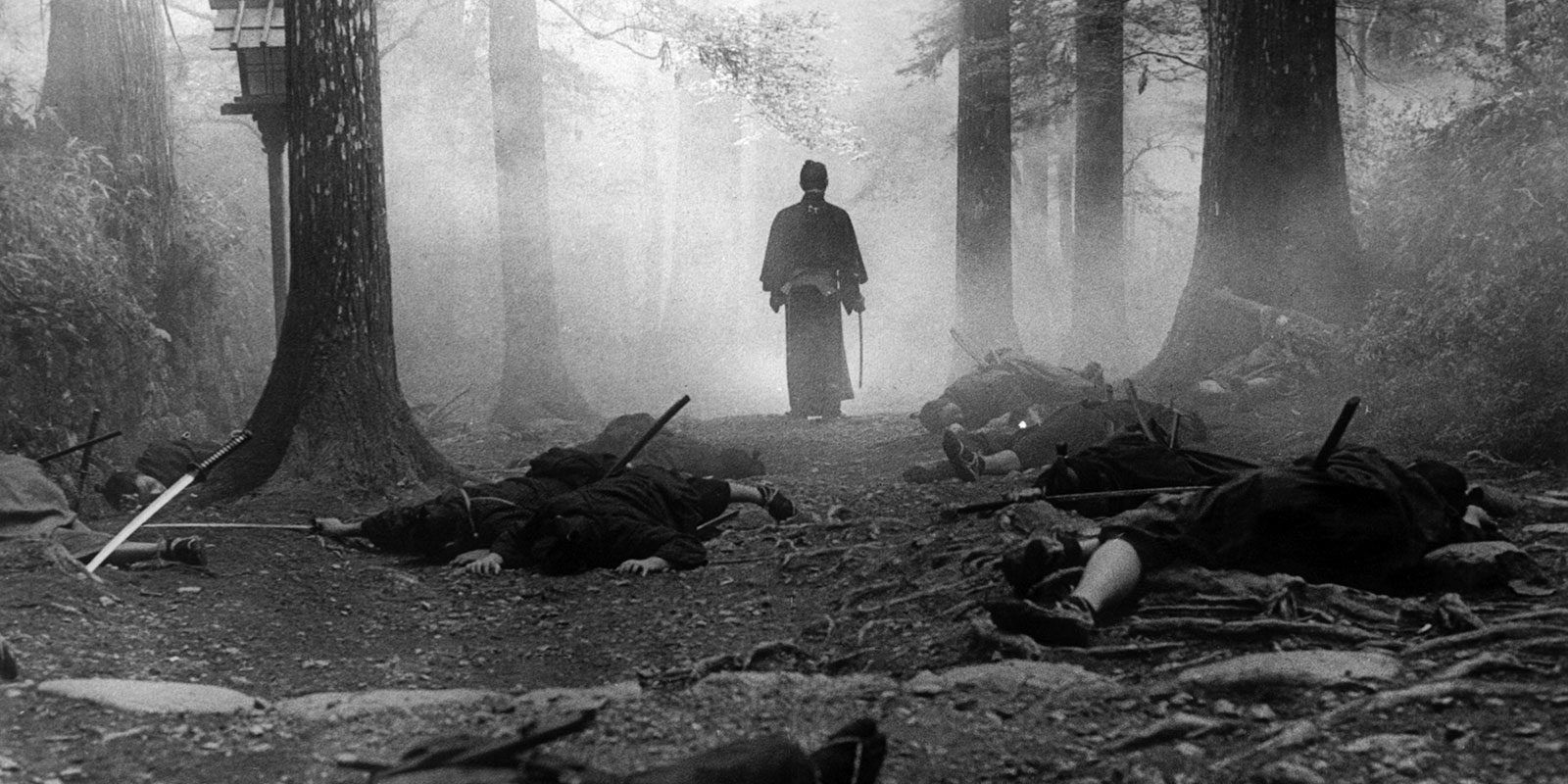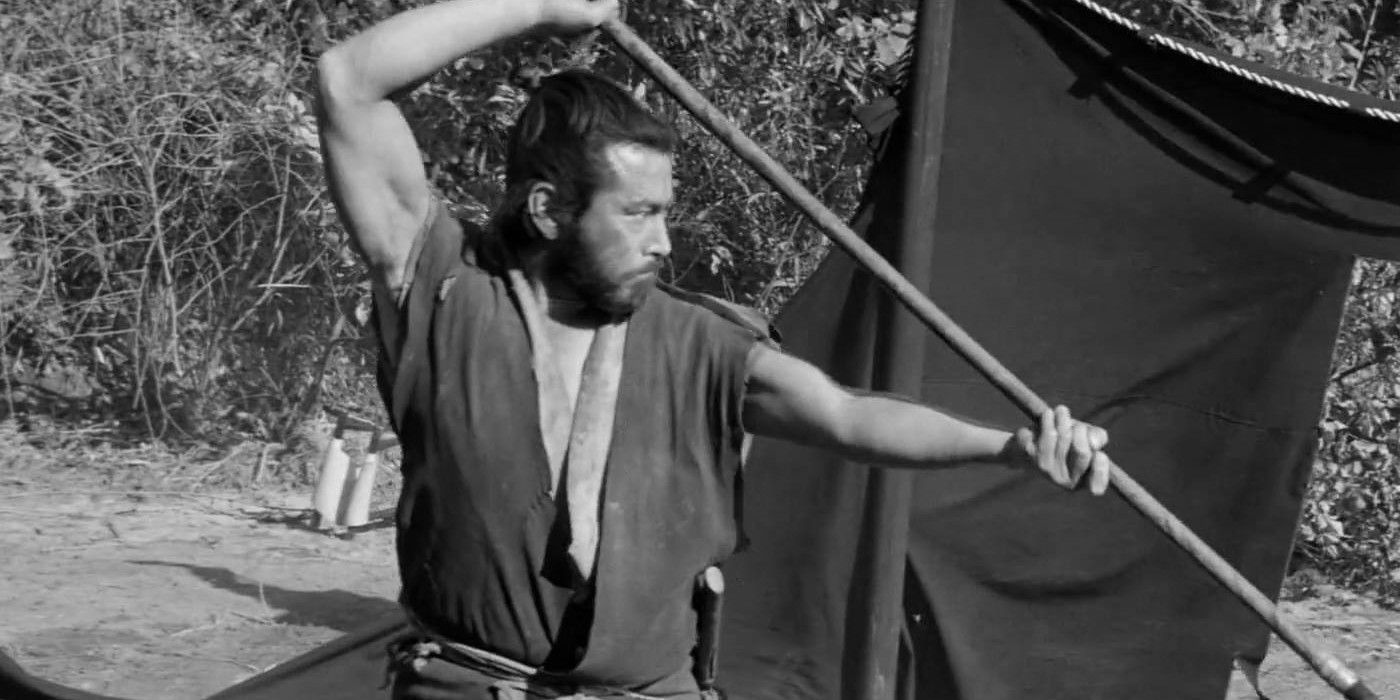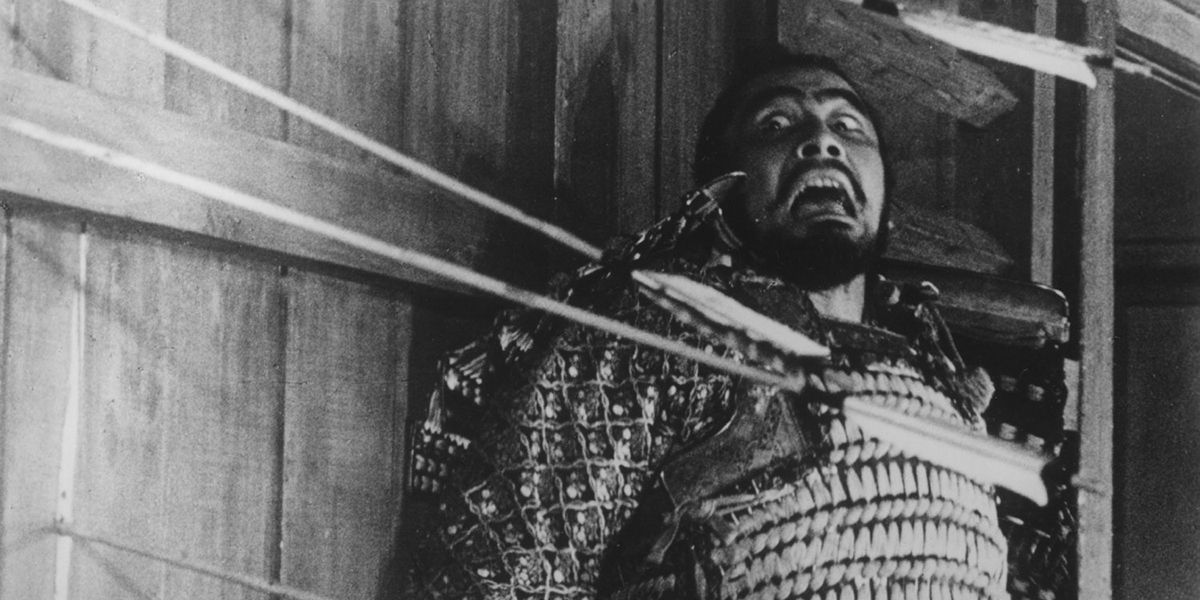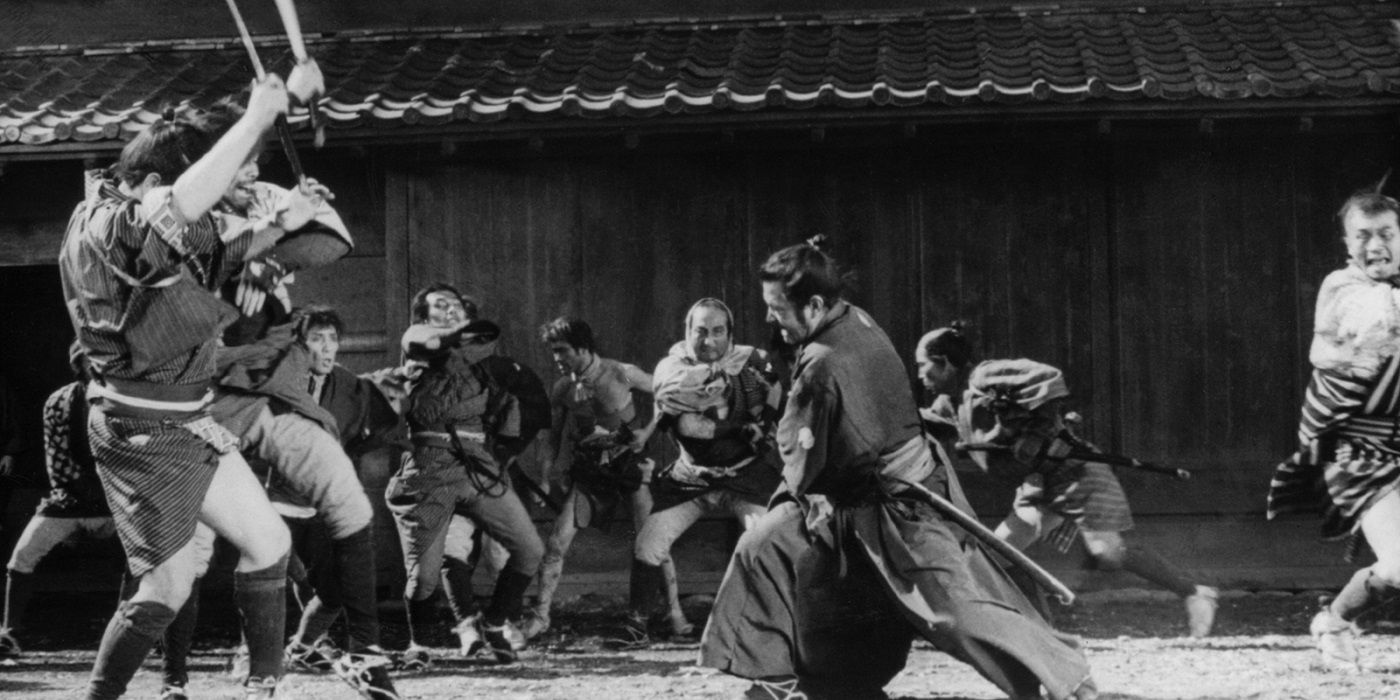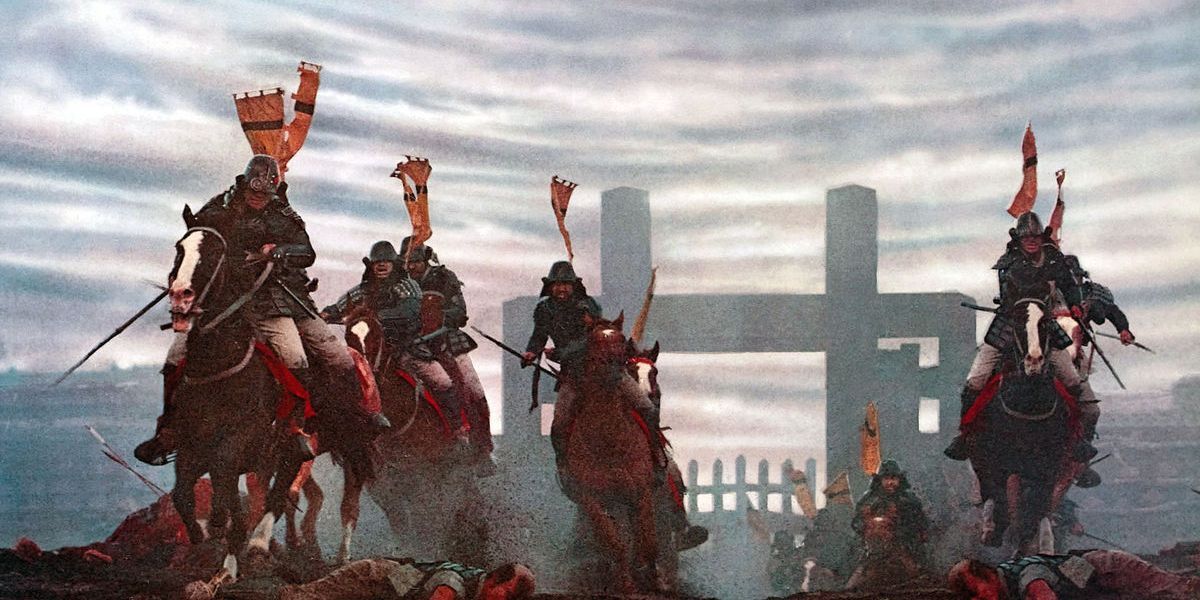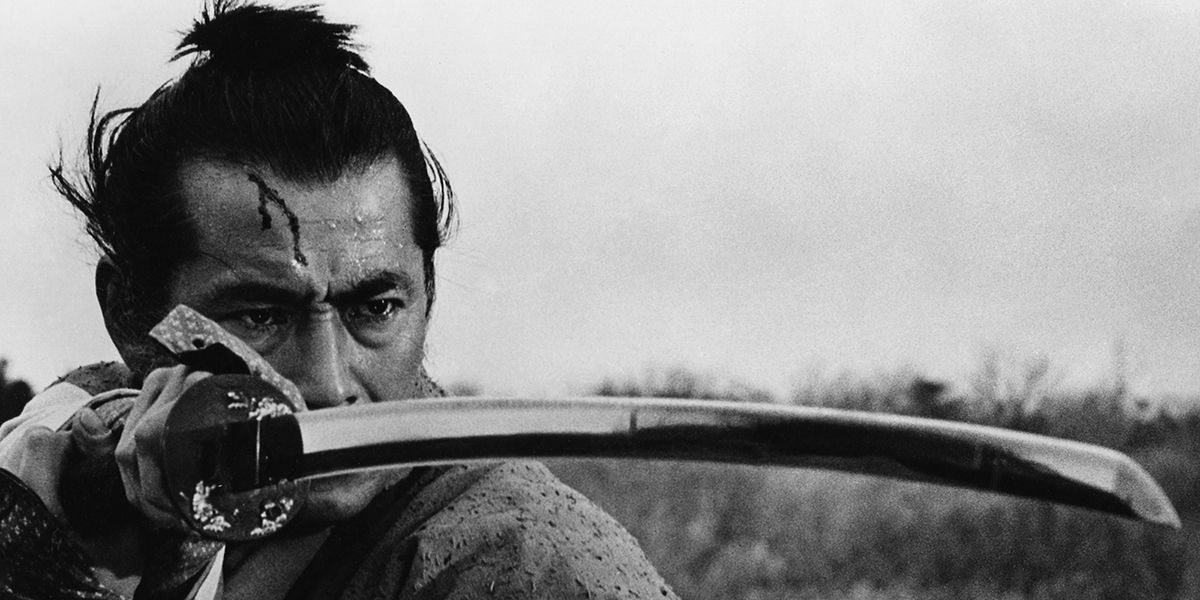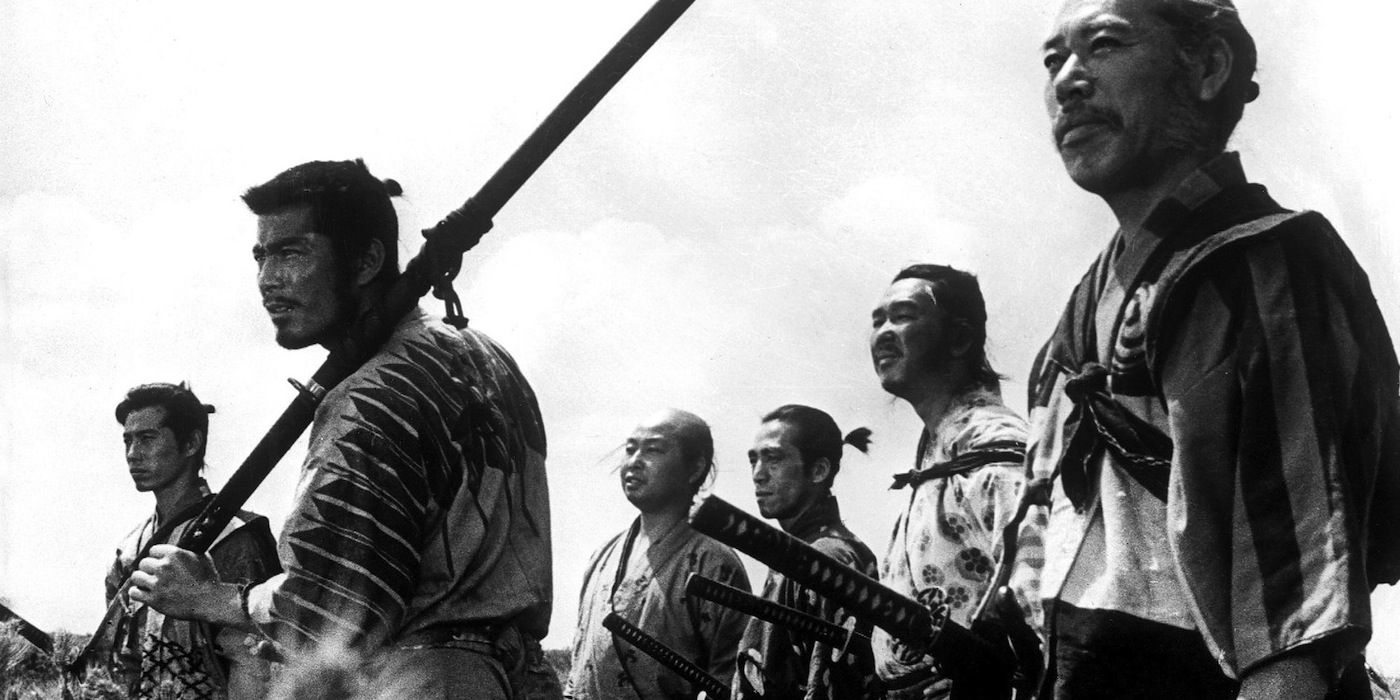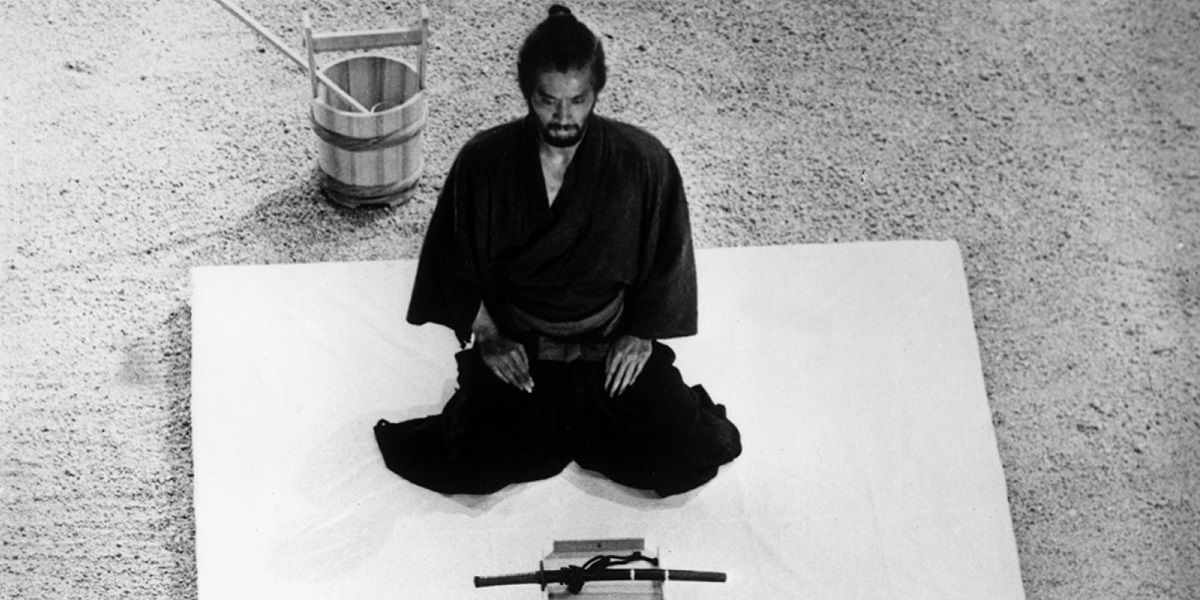Samurai movies are both endearingly popular and spectacularly influential. The works of Akira Kurosawa (considered amongst the greatest directors of all time) had a profound effect, especially on Western filmmakers. His films have spawned many remakes and been the main inspiration for directors like Martin Scorcese and George Lucas, to name a few.
While samurai films are now a staple of pop culture, it is important to remember that many of these films laid the foundation for the development of modern cinema.
Samurai III: Duel at Ganryu Island (1956) - 7.6
The Samurai Trilogy, starring Toshirô Mifune, tells the real-life story of Miyamoto Mushashi, one of Japan's first warrior monks. Over the course of the trilogy, Mushashi moves from anarchic killing machine to a Zen warrior. However, it is in the final entry of the series that he finally comes head-to-head with his main rival, the deaf swordsman Saski Kojiro. Shot in color and with some beautiful imagery, this film manages to expertly infuse Buddhism and spirituality into its action.
Lone Wolf & Cub: Baby Cart at the River Styx (1972) - 8.0
The Lone Wolf & Cub series, about a lone samurai and his infant son, is now iconic and highly influential, most recently on The Mandalorian. Nearly every entry in the series is worth watching, but it is this second entry that gained its reputation. A step-away from the refined samurai films of old, this movie takes glory in its extreme gory-action.
The story is simple (Lone Wolf must assassinate three deadly killers), but the fights are pure entertainment; often ending in the torrents of gushing blood so loved by Tarantino.
Sword of Doom (1966) - 8.0
Starring the legendary Tatsuya Nakadai, Sword of Doom is a fantastic antihero story. A legendary swordsman, full of arrogance and vanity, walks the path of death killing mercilessly as he goes, until one of his victim's swears revenge. It's a classic rise-and-fall story with the protagonist learning that his time at the top will only be fleeting, there will always be another who will seek to challenge his place. It's also a philosophical study of mortality and purpose, questioning the audience on how they can support such a violent man.
The Hidden Fortress (1958) - 8.1
The first, of what will be many entries from Akira Kurosawa, Hidden Fortress blends samurai history, with Japanese folk tale. Two men, caught on the wrong side of a battle, are sequestered into helping a charismatic general transport a princess to safety.
One of the biggest influences on Star Wars (direct parallels can be drawn to characters like C-3PO and R2DT, as well as some imagery and plot points), it is a classic example of adventure storytelling, that was often repeated.
Throne of Blood (1957) - 8.1
An adaptation of William Shakespeare's Macbeth, the film changes the setting from Scotland to feudal Japan with Toshirô Mifune as a crazed warlord. The film is considered to be a masterpiece and is certainly one of Kurosawa's most menacing and atmospheric films. Characters slip in and out of mist with danger ready to jump out at any second. The central murder becomes an almost visceral presence in the film, with pressure building until a huge climactic battle; influential on all future Shakespeare adaptations.
Yojimbo (1961) - 8.2
Yet another iconic role for Mifune and another masterpiece from Kurosawa. A lot of Kurosawa's samurai films play on the idea of the traditional movie hero. In Yojimbo, a lone samurai finds himself in a town full of crime and bandits. His behavior towards the residents, at first, makes him seem as bad as them, but then it becomes clear he's here to clean up the town. The shades of grey that Kurosawa created in his characters always led to dynamic and surprising storytelling, and here, he is at his absolute best.
Ran (1985) - 8.2
The final samurai epic from Kurosawa, and the only time the legendary director received an Academy Award nomination. Another take on Shakespeare, Ran follows three warring sons in feudal Japan, each battling to claim their warlord father's inheritance. Nearly every shot looks like a painting as this was one of the few Kurosawa films to be shot in color. A dynamic that the director utilizes to perfection when creating his images. Watch it for the battle scenes, in which hundreds of extras charge across the screen at each other; an epic of epic proportions!
Samurai Rebellion (1967) - 8.4
Two massive stars, Mifune and Nakadai, are cast as rivals in this classic anti-samurai film from director Masaki Kobayashi. Beginning in a time of peace, the film offers a critique of the lofty ideals of the samurai. It shows the characters as skilled but prideful people who, when conflict arises, throw everything away for the sake of honor. With fantastic performances and stunning imagery this classic film shows how quickly, and tragically, the world can turn to chaos.
Seven Samurai (1954) - 8.6
Perhaps the most famous and most revered samurai film. Seven Samurai (which was later remade as The Magnificent Seven) remains enduringly popular to this day, and it's not hard to see why. Arguably all the cinematic tricks used to build teams of superheroes in modern comic-book movies began with this film.
Each of the multiple characters are distinct and well developed. Kurosawa used innovative staging, set design, and camera techniques to establish the men as the beating heart of the film. A fantastic achievement and one that prevented the movie from becoming confusing, bloated and overlong and made it a masterpiece.
Harakiri (1962) - 8.7
For all the love there is towards the samurai genre it seems ironic that the top of the list goes to yet another anti-samurai masterpiece from Kobayashi. An old samurai arrives at the gate of a prestigious family and asks for their permission to commit ritual suicide. It has a slow pace that slowly and excellently builds tension and mystery as it starts to become clear that the samurai has other plans in mind. Its climax is one of the most exhilarating and satisfying pieces of storytelling and is exactly why the film is so highly rated.

